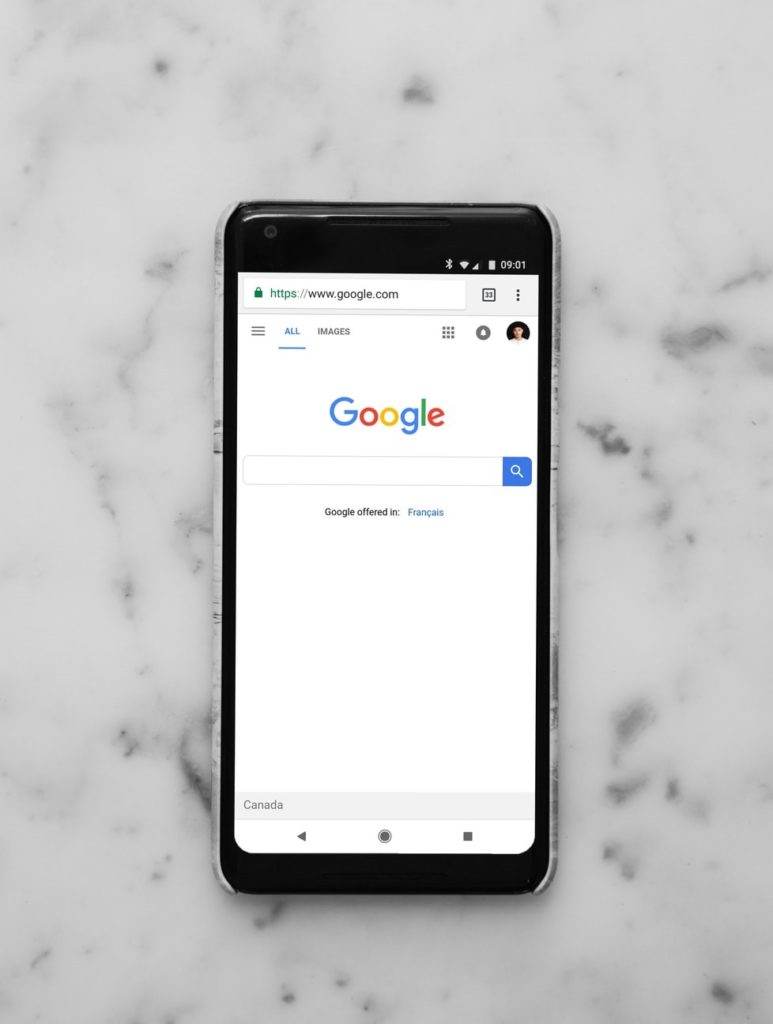
If you’re familiar with SEO, you understand that duplicate content should be avoided in order to protect ranking. Although significant amounts of duplicate content on your page in the same language will result in Google declining to index your site, the same content in a different language has its own set of rules. Google does not consider the same content in a different language to be duplicate, which is good news if you have multiple site versions. If you’re using translations on your site to reach diverse audiences, being aware of best practices when planning your multilingual SEO strategy is crucial. Working with an online marketing firm will help you create an effective approach, and we share a few tips here to help you get started:
Hire a Professional Translator to Write Content
Although machines such as Google Translate are becoming more adept at deciphering translations, it’s no secret that these tools often fail to capture the nuances of human language. When writing multilingual content for your site, be sure to work with a real person who specializes in translations for SEO. This will improve the content and ensure that it’s optimized for your site.
Publish Translations on a Separate Website
To fine-tune your marketing strategy, it’s considered best practice to publish translations on a separate site with a similar domain. For example, if you’re targeting audiences in the U.S. and in France, you’ll want to publish content written in French on a different version of your site. This becomes a bit more complicated if you’re working with one language that’s spoken in different countries (i.e., if you’re hoping to reach Spanish speakers in Spain and Mexico). You can let Google know that your sites are free from duplicate content by adding a specialized line of code in the headers of each site to signal to Google’s bots that these are just local versions of your original website.
Make the Primary Language Clear
To help Google direct the most relevant audience to your site, you’ll need to clearly label the language on each site version. By adding a hreflang attribute, you’ll assist Google in linking to the correct translated version of your page. This piece of code is undetectable to your visitors, but can be placed on each site version to improve search results.
If you’re managing multiregional or multilingual sites, you’ll need to keep SEO best practices in mind to help improve or preserve your ranking. With a bit of site optimization, Google can easily index your pages and help your target audiences connect with your site(s). Keeping up with Google’s suggestions for multilingual sites is a complicated endeavor, which is why you should consider seeking help from an online marketing firm. Our team is here to help you optimize your site and provide a host of other services you may need to enhance your web presence. Interested in learning more about how we can help? Contact us today to schedule a consultation.
